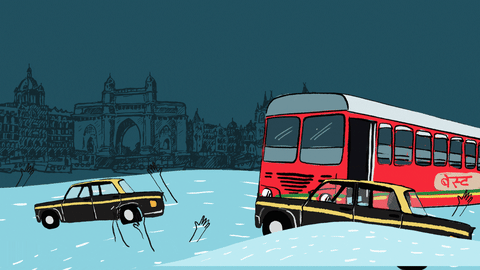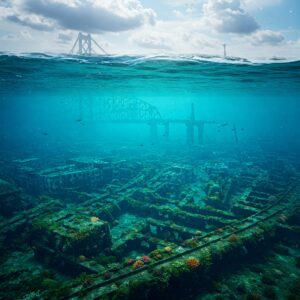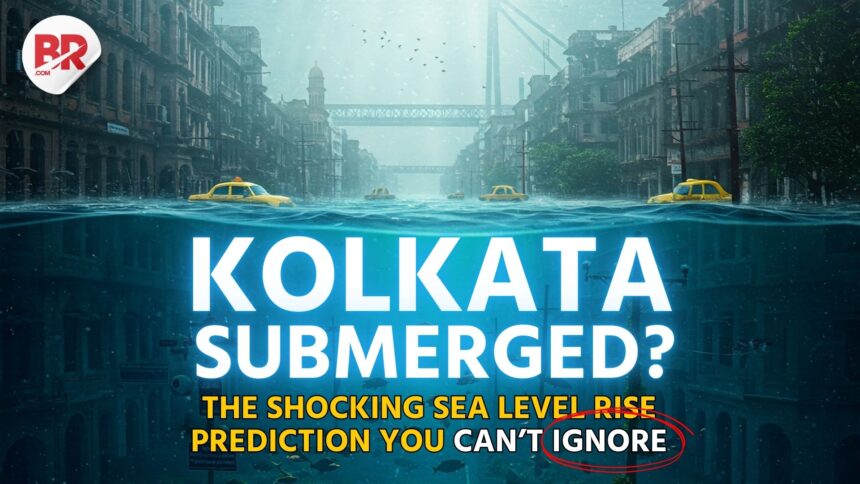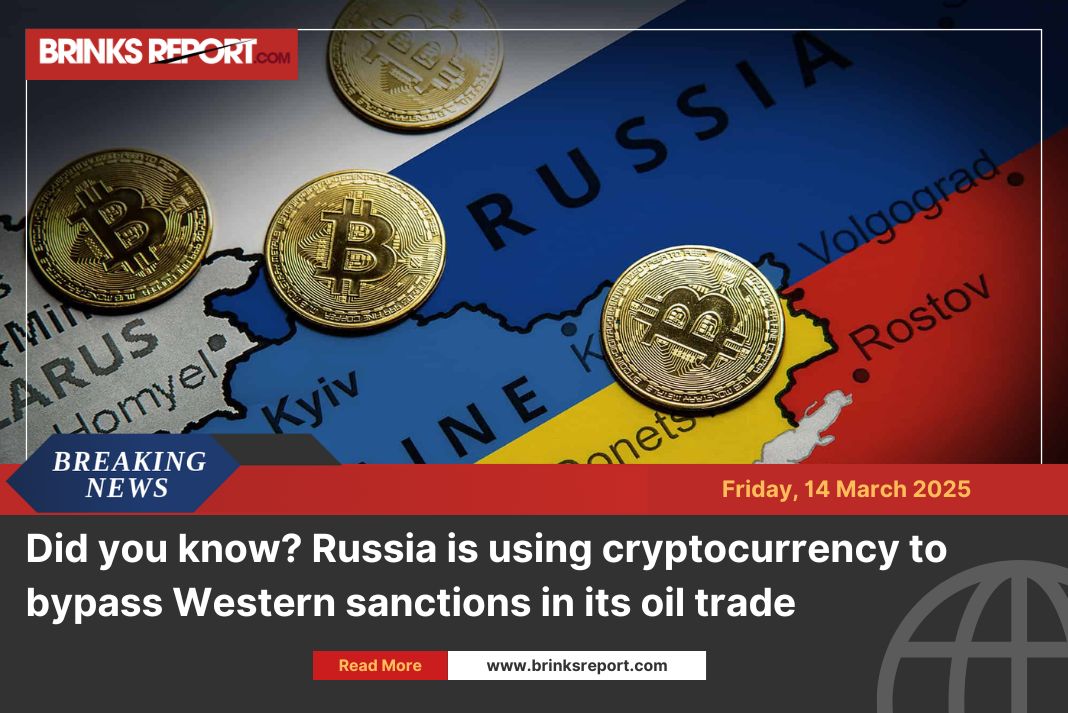
A City on the Brink of Crisis
Kolkata, the cultural capital of India, faces a ticking time bomb: rising sea levels. With climate change accelerating, scientists warn that coastal cities like Kolkata could face catastrophic flooding by 2050. But is the city truly at risk of being submerged? Let’s dive into the data, projections, and urgent calls to action.
The Science Behind the Threat
Recent studies paint a grim picture. Research by Climate Central, a New Jersey-based organization, reveals that global sea levels could rise high enough by 2050 to threaten millions of lives in coastal regions, including Kolkata

A 2019 report highlighted that Kolkata’s entire city and suburbs may face annual flooding , displacing millions and crippling infrastructure
The numbers are staggering:
- Sea level rise projection : Up to 0.27 meters by 2050 due to climate change
- Worst-case scenarios : Some models suggest Kolkata could experience recurring floods or even partial submersion, with the Bay of Bengal potentially rising by 0.6 meters by 2100
These projections are not just hypothetical. The Intergovernmental Panel on Climate Change (IPCC) warns that Kolkata ranks among the top 20 coastal cities with the highest potential flood losses by 2050

Why Kolkata Is Especially Vulnerable
Kolkata’s geography and aging infrastructure amplify its risk:
- Low elevation : Much of the city lies just 2–3 meters above sea level .
- Flood-prone drainage : The century-old drainage system struggles to handle monsoon rains, let alone rising tides
- Population density : Over 14 million people in the metro area mean mass displacement risks.
- Economic stakes : Without adaptation measures, Kolkata could face massive economic losses due to climate impacts.
What Happens If Kolkata Floods?
Imagine iconic landmarks like the Howrah Bridge surrounded by seawater or neighborhoods like Tollygunge and Salt Lake submerged. Recurring floods would:
- Displace millions, creating climate refugees.
- Damage heritage sites, industries, and homes.
- Trigger health crises from waterborne diseases.
- Paralyze transportation and trade via the Kolkata Port.
A 2019 study bluntly states: “Mumbai, Kolkata, and Chennai may be submerged by 2050” without urgent intervention

Hope Through Adaptation: Can We Save Kolkata?
While the threat is real, experts argue that proactive measures can mitigate disaster:
- Upgrade drainage systems : Modernize infrastructure to handle extreme weather.
- Coastal barriers : Build sea walls and restore mangroves to absorb storm surges.
- Urban planning : Regulate construction in flood-prone zones and promote green spaces.
- Global climate action : Reduce carbon emissions to slow sea level rise.
The Kolkata Climate Action Plan (K-CAP) emphasizes the need for urgent adaptation, stressing that “inaction today will cost us tenfold tomorrow” .

Conclusion: Time to Act Before It’s Too Late
Kolkata’s fate hinges on our collective response. While the city may not vanish entirely by 2050, the science is clear: without decisive action, millions will face irreversible losses. As the Swaminathan Research Foundation notes, sea levels could rise by 32 cm by 2050 , turning worst-case scenarios into reality
Will Kolkata be under the sea by 2050? The answer isn’t set in stone. But one thing is certain: the clock is ticking, and the time to act is now.











